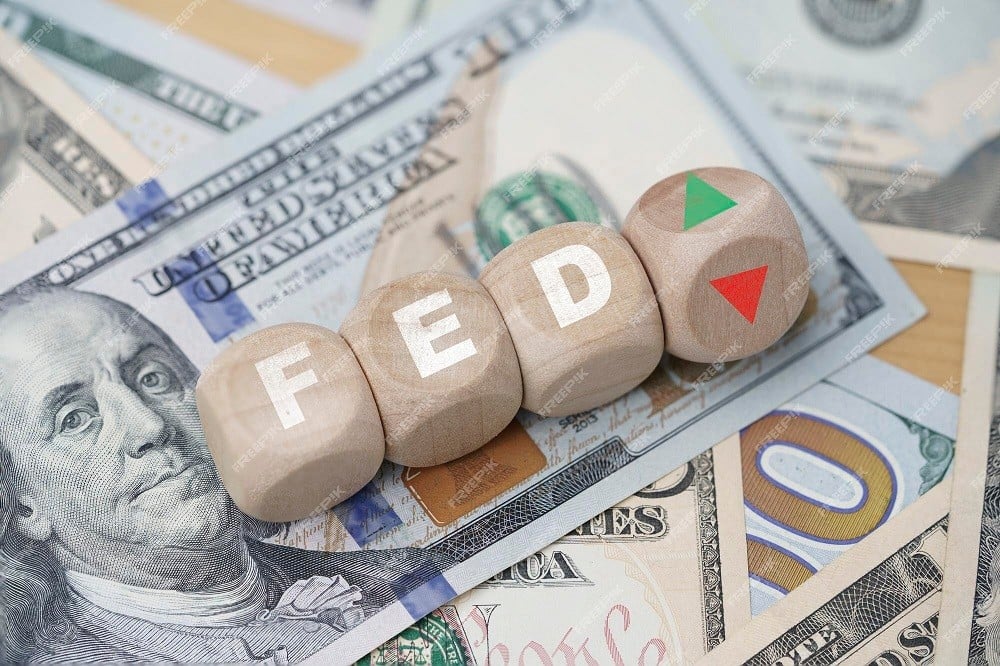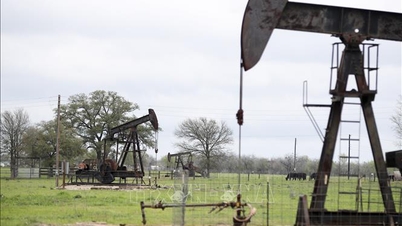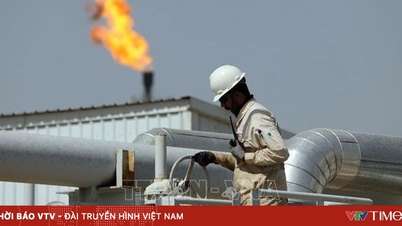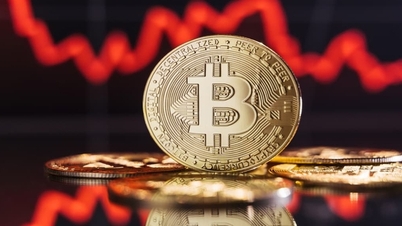 |
| The Fed is set to release its latest monetary policy statement on November 1, while large companies will continue to listen to third-quarter profit reports. (Source: Reuters) |
Investors have grown more concerned about an escalating conflict in recent days, after the US deployed more military assets to the Middle East, while Israel responded to targets in Gaza.
“The situation in Israel is causing a lot of concern,” said Randy Frederick, chief executive of trading and derivatives at Charles Schwab.
Brent crude futures rose 2.9% to $90.48 a barrel on October 27 on concerns that the conflict could disrupt global oil supplies. Gold, a popular safe haven for investors in times of uncertainty, also surged, surpassing $2,000 for the first time since mid-May 2023.
Analysts at Capital Economics said the oil market’s reaction to the conflict has been “muted” so far, which means any sign of other countries in the region becoming more involved would send oil prices sharply higher, they said.
Some investors believe that the growing conflict could spur safe-haven buying of government bonds, which could slow the rise in yields, which move inversely to prices, thereby easing pressure on stocks and other assets.
The S&P 500 has fallen more than 10% since late July 2023, when it hit its highest level since early 2023, although it is up more than 7% year-to-date.
“So far, U.S. government bonds have not proven their safe haven status. However, an escalation of the conflict could divert attention away from concerns about monetary policy and boost safe-haven demand for bonds,” UBS Global Wealth Management said in a report on October 27.
Both gold and oil can act as “hedges against short-term volatility.” The Cboe Volatility Index (VIX) rose after the conflict and rose on October 27 to a seven-month high.
Meanwhile, the Fed is set to release its latest monetary policy statement on November 1, while large businesses will continue to listen to third-quarter earnings reports.
Source




![[Photo] Cat Ba - Green island paradise](/_next/image?url=https%3A%2F%2Fvphoto.vietnam.vn%2Fthumb%2F1200x675%2Fvietnam%2Fresource%2FIMAGE%2F2025%2F12%2F04%2F1764821844074_ndo_br_1-dcbthienduongxanh638-jpg.webp&w=3840&q=75)





























































![[VIMC 40 days of lightning speed] Da Nang Port: Unity - Lightning speed - Breakthrough to the finish line](https://vphoto.vietnam.vn/thumb/402x226/vietnam/resource/IMAGE/2025/12/04/1764833540882_cdn_4-12-25.jpeg)














































Comment (0)